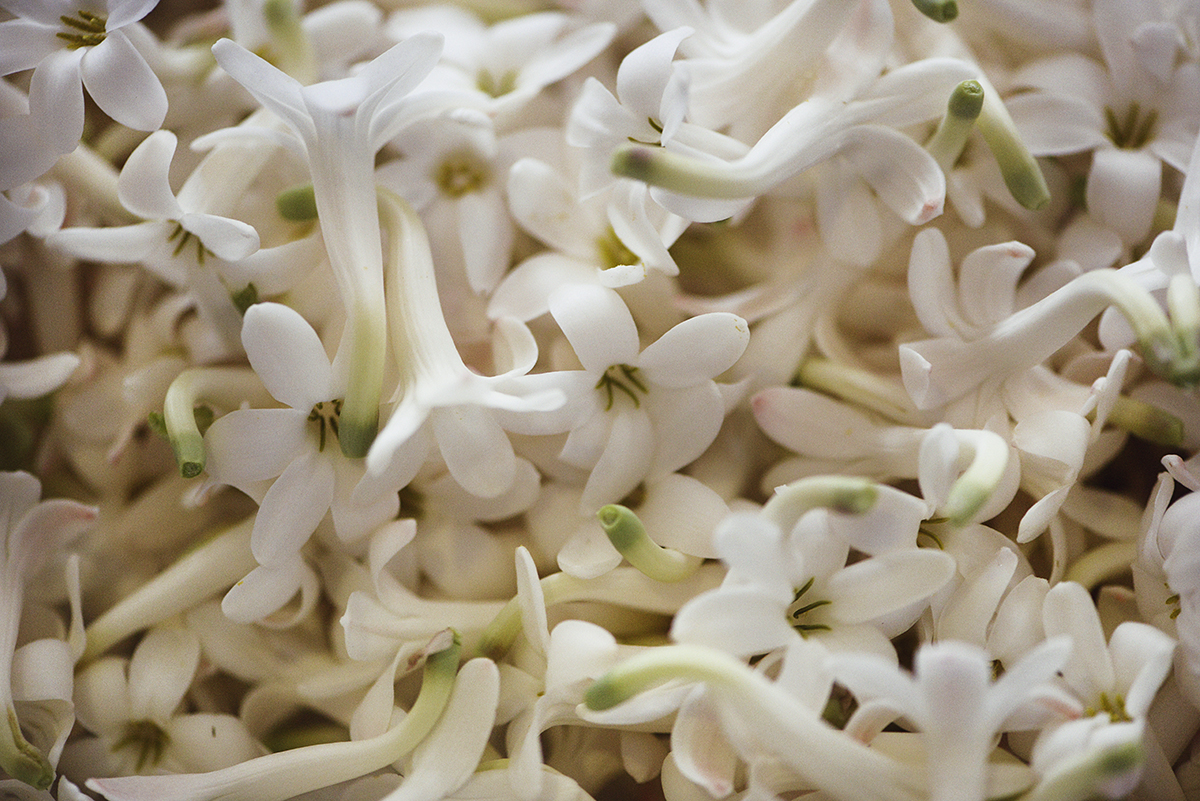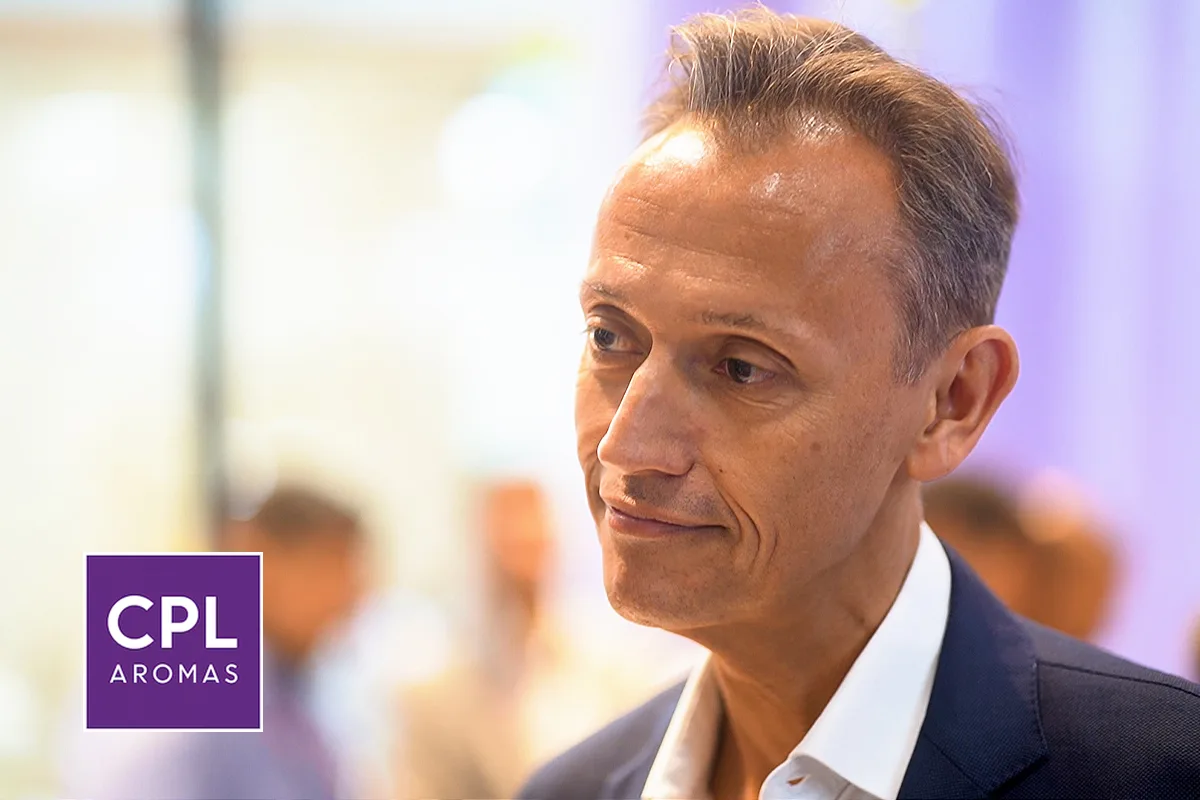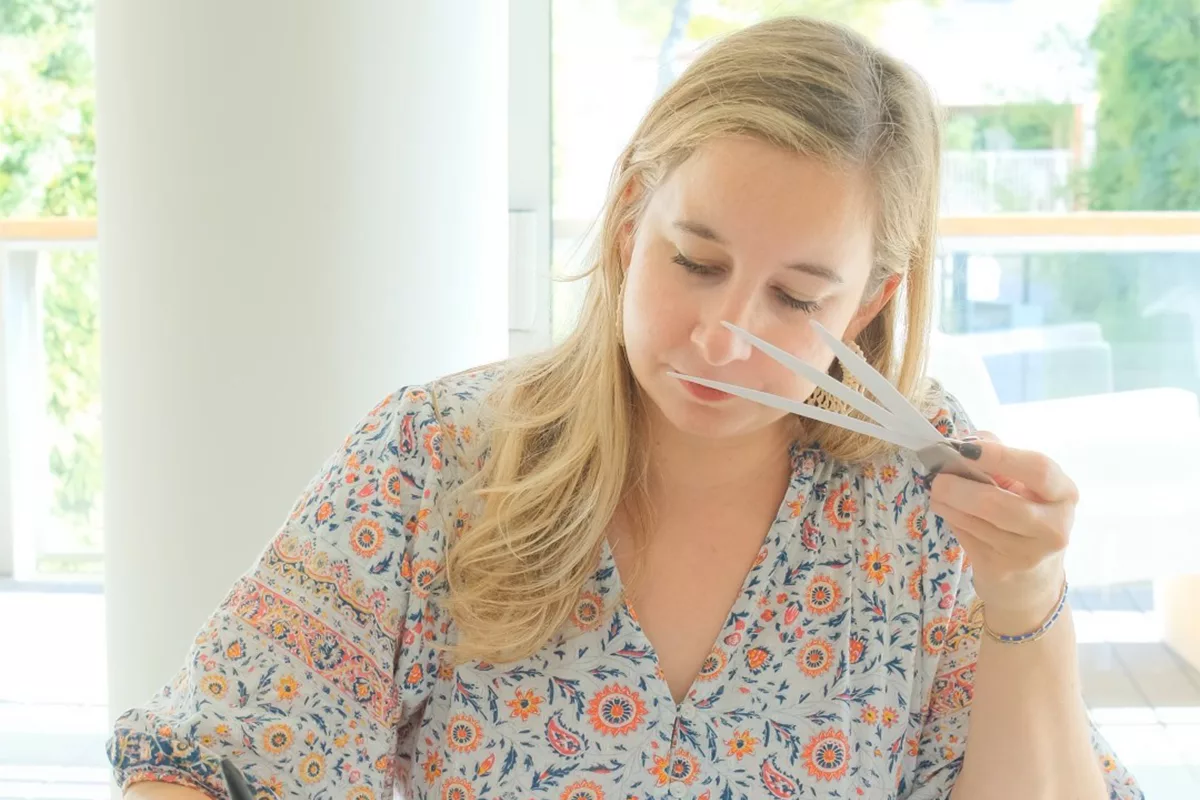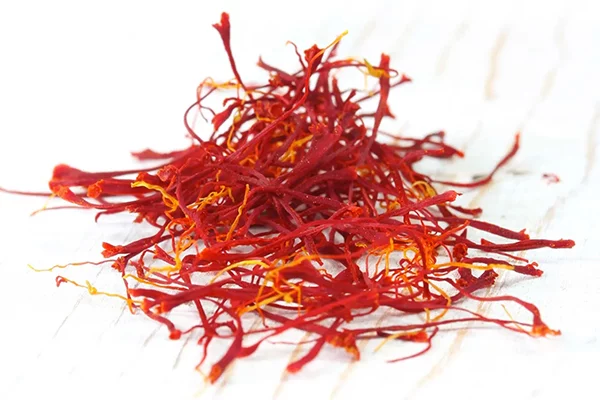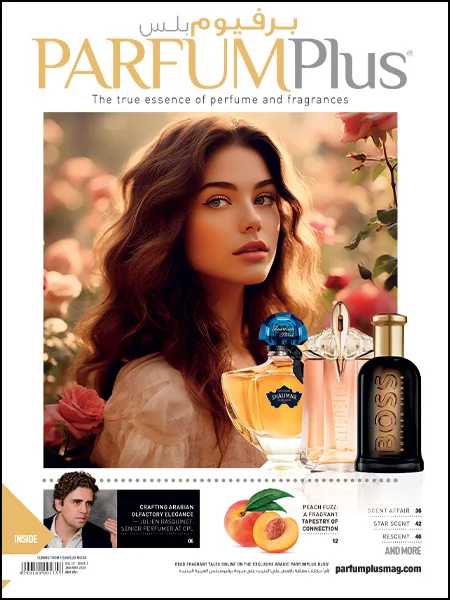It is not a surprise that Grasse is the world capital of perfumery. After all, this is where the best jasmine is produced, for which perfumers across the world flock to the region
Do you remember that feeling when you first fell in love? That light, sensual tingling that keeps you smiling all day. What if we told you that you can experience this anytime, without the fear of heartbreak? Okay, that may be stretching it. But it’s the closest you could feel to being loved and wanting to give yourself in to. We mean it. Simply head to your dressing table, bring out the liquid gold and spray a bit on your neck or any other pulse points. Close your eyes and tell us truthfully as you let the scent take over your senses, doesn’t this make your heart swoon?
If it does, here’s a fun fact that you’d be interested. Yes. You guessed it right. It’s jasmine, that has created this magic.
Here’s another fun fact. You know what they say about the rose being a rose, right. Not the same with Jasmine, evidently. Nope. Only Jasminum grandiflorum and Jasminum officinale are used to produce essential oils that we so love. Each flower is hand-picked delicately from the plants. And while the plants may be of Indian origin, you could say that the best jasmine for fragrances is now grown in Grasse. Based on the land that it grows on, the jasminum grandiflorum takes fruity or honeyed scents and is more sensual, green or animal.
Grasse has these vast jasmine plantations owned by the Garnerome family since 1892. André, the great-grandson of the original owners now owns these. Beyond doubt, they cultivate the best jasmine flowers. It’s what goes into almost all prestigious fragrances, so you know they can’t be anything but the best. Only the top one per cent for this favourite of ours. Also, jasmines at these plantations are cultivated exclusively for Robertet just like tuberose, rose and orris. It’s one of the lesser-known secrets in the world of perfumery.
Robertet has their facilities set in Grasse, which of course is the cradle of French perfumery. They have a historical factory since 1850. The whole process of turning these white buds to perfume has something uniquely endearing. Makes you appreciate your perfumes so much more when you see the kind of effort and care that goes into making them for us.
It takes over one thousand four hundred hours of flower-picking to make just one kilo of jasmine absolute from around 700 kg of Jasmine!
At the break of dawn, you see the pickers tread delicately through the plantation, taking care not to damage the capricious plants while they hand-pluck each individual flower. The sight of the beautiful baskets of jasmine arranged in order is so mesmerising. These are sent to enfleurage in a small and dark ventilated room. The flowers are weighed and arranged on wooden frames in order to remove the last drops of moisture from the flower. The whole weekend, layers of
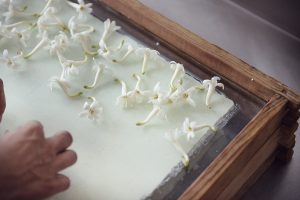
jasmine and layers of grease, filtered and processed are alternated to capture the heady fragrance. The whole process hereon, ironically, is not as romantic as we would like to imagine. The setting looks like a cooking exercise by a great chef or at the lab of an alchemist, with all the smoking pots and stills. But what comes out at the end is worth its weight in gold, literally.
After the final analysis and tests to get the fragrance to be consistent with market standards, the absolute of jasmine – fleuron grassois can fetch as much as 100,000 euros a kilo. The grail of perfume is of course reserved for the most prestigious fragrances of the world.
Robertet claims to work all through the year. In January-February, it’s the mimosa and the heather, then violet leaves, three times per year. In May, it’s the rose, of course. But also mate patchouli. In all, 400 different natural products created in a sustainable way.
For us though, jasmine is among the noblest of all flower scents.


